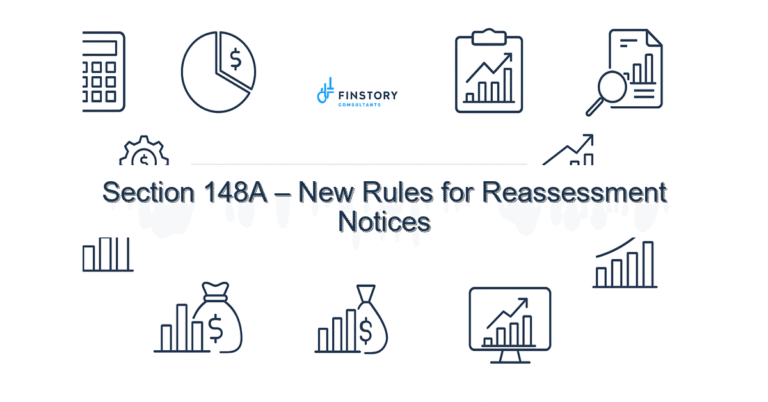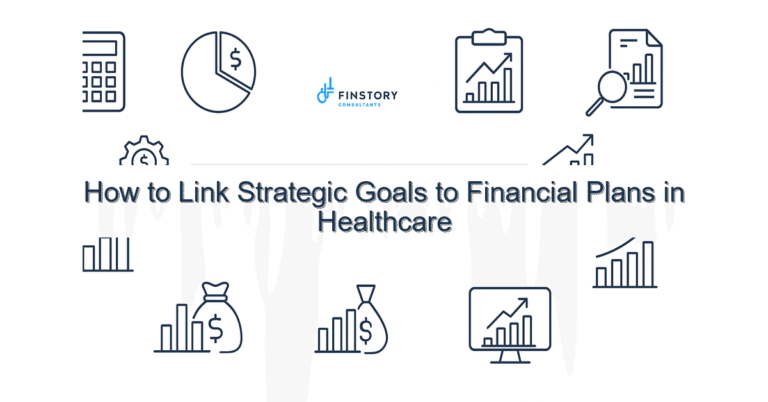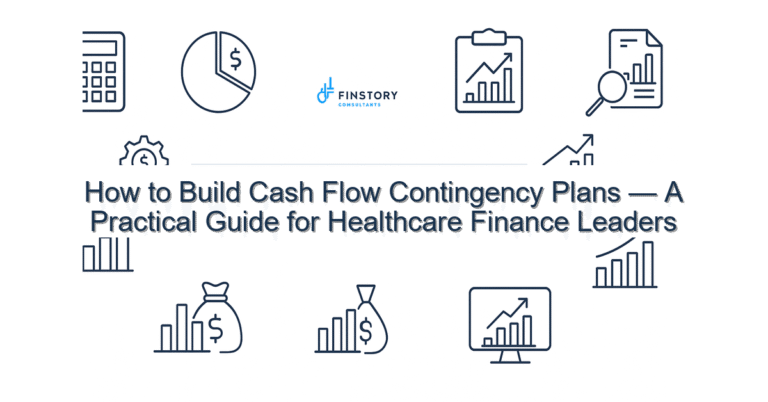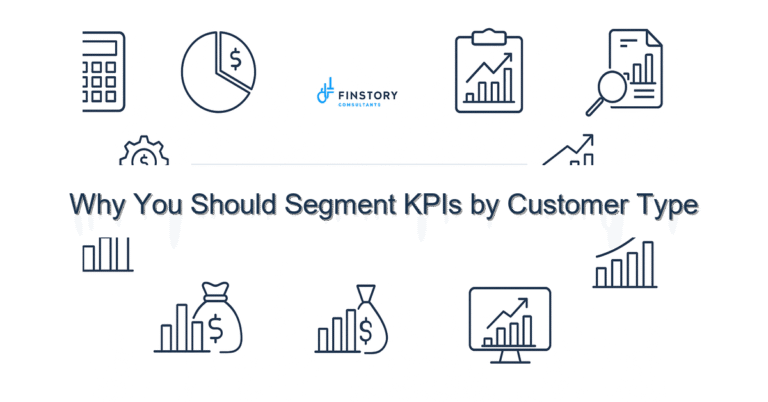The Role of Data Visualization in Financial Storytelling
You’re sitting in another budget review where charts are dense, the conversation stalls, and operations leaves more confused than convinced. You need clarity—fast—so leaders can act without second-guessing the math.
Summary: Clear, purposeful visualizations turn financial data into actionable stories that align clinicians and finance, cut decision cycles, and improve forecast accuracy—so you make better operational choices faster.
What’s the real problem?
Healthcare finance teams collect a mountain of numbers. The real challenge isn’t the data; it’s making the right people understand the right insight at the right time. When visuals are missing, misleading, or overly complex, decisions stall and opportunities slip.
- Symptom: Meetings dominated by tables of raw numbers—no clear recommendation.
- Symptom: Clinicians nod, then ignore the finance ask because the impact wasn’t tangible.
- Symptom: Forecasts change every month because leaders can’t identify the drivers behind variance.
- Symptom: Long report cycles and frantic last-minute requests from the C-suite.
What leaders get wrong
Leaders often assume that more detail equals more credibility. In reality, too much detail buries the message. Others hand raw exports to executives and expect alignment. And some believe a nice-looking dashboard automatically drives change—design without narrative misses the point.
Respectfully, these are common pitfalls:
- Confusing explanation with analysis: showing data without answering “so what”.
- Design by report exporter: dashboards look like spreadsheets because they are built from raw dumps.
- One-size-fits-all thinking: using the same visuals for clinicians, board members, and unit managers.
A better approach
Shift from displaying data to telling a focused story tied to a decision. Use visuals that highlight action—variance, trend, correlation—and pair them with a concise recommendation.
Framework (3–5 steps):
- Clarify the decision: Who needs to decide, and what choices do they have? Map the decision first, data second.
- Select the minimal dataset: Choose the few metrics that move the decision needle—cost per case, capacity utilization, and relevant KPIs.
- Design for the audience: Use simple charts for executives, operational drilldowns for managers, and scenario views for finance partners.
- Anchor visuals with a narrative line: headline, evidence, and recommendation—one sentence each.
- Iterate with users: test the view in a short meeting, collect feedback, and refine the next week.
Real-world example: A hospital finance leader replaced a 40-slide monthly packet with a two-panel Power BI report focused on net revenue variance and OR utilization. The CFO and surgical director reduced their decision meeting from 90 to 30 minutes. Within three months, they improved OR throughput by 6% and captured $250K in additional revenue.
Quick implementation checklist
- Start with the question: write the decision you want to enable in one sentence.
- Pick 3–5 KPIs tied to that decision; no more.
- Use trend lines for time-series, bars for comparisons, and heat maps for capacity gaps.
- Annotate variance with brief notes: month, cause, and recommended next step.
- Create one executive view and one operational drilldown for each major decision area.
- Automate the data feed where possible—remove manual exports.
- Limit colors and avoid 3D effects; clarity > decoration.
- Schedule a 20-minute walkthrough with stakeholders and capture two improvements to make next week.
What success looks like
When visualization drives your financial storytelling, outcomes become measurable and visible:
- Faster decision cycle: meeting time reduced by up to 60% (e.g., 90 → 30 minutes).
- Improved forecast accuracy: variance to plan reduced by 15–25% as drivers are visible.
- Higher adoption: >80% of leaders use the dashboard instead of ad-hoc requests.
- Operational impact: measurable KPIs (e.g., OR throughput +5–8%).
- ROI: automation and clearer decisions often pay back in months via avoided costs and better utilization.
Risks & how to manage them
No solution is risk-free. Here are the common risks and practical mitigations:
- Risk: Garbage in, garbage out—visuals amplify bad data. Mitigation: prioritize data validation and simple reconciliation checks before sharing.
- Risk: Over-simplifying nuance—missing clinical context. Mitigation: include a short drilldown and designate a clinical liaison for interpreting results.
- Risk: Dashboard fatigue—too many views, nobody uses them. Mitigation: start with decision-focused views and sunset legacy reports incrementally.
Tools & data
Choose tools that fit your team’s skills and the organization’s cadence. Finance automation reduces manual effort; Power BI and similar platforms let you build interactive, role-based views quickly. For leadership reporting, emphasize single-point-of-truth datasets and scheduled refreshes so everyone references the same numbers.
Practical pairing: use finance automation to collect and clean feeds, Power BI to visualize them, and a simple leadership report template to narrate the decision. Train one power user per domain (revenue, labor, supply chain) to maintain credibility and continuity.
Next steps
If you want to move from slides to decisions, start small: pick one recurring meeting, apply the one-question rule, and build an executive view with 3–5 KPIs. Run it for two cycles and measure time saved and decisions enabled. If you’d rather accelerate the work, get help implementing the data model and dashboards so your team can focus on the decisions, not the plumbing.
Contact Finstory for a short diagnostic—15 minutes to map your decision flows and identify the quickest wins. We’ve helped CFOs reduce meeting time, improve forecast accuracy, and align operations with finance where it matters most.
Work with Finstory. If you want this done right—tailored to your operations—we’ll map the process, stand up the dashboards, and train your team. Let’s talk about your goals.
📞 Ready to take the next step?
Book a 20-min call with our experts and see how we can help your team move faster.
Prefer email or phone? Write to info@finstory.net
or call +91 44-45811170.





